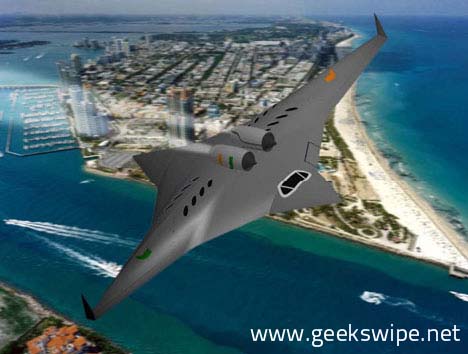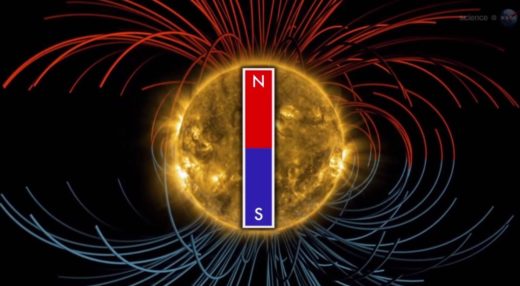NASA Concept Plane: Flying Wing (Supersonic Bi-directional Flying Wing)
The problem the current airplanes face is that the design requirements of both the supersonic and subsonic flying conditions conflict each other. Initially every aircraft is operated in a subsonic speed until it reaches supersonic, which means that the airplane should be taken off the ground with subsonic speed. Usually, a very high aspect ratio wing will be required to take a heavy metal plane off the ground (see: High aspect ratio wings). The opposite will be the requirement which will be propitious for the supersonic flight. A supersonic flight demands a low aspect ratio wing like the Concorde or SR-71 Blackbird, and thereby entirely contradicting the subsonic needs.
This concept of ‘SBiDir-FW’ (Supersonic Bi-directional Flying Wing) has overcome this design problem and provide an unusual solution that could give us a new form of flying sickness. The concept has two different wings that could be switched from one another depending on the speed.
Subsonic Flight (M<1)
The configuration is simple that the supersonic part of the wing acts as a fuselage during the operation of the subsonic wing. This is achieved by turning the entire body against a fixed engine mount that is always pointed towards the flight direction as shown below.

The winglets are the unusual configuration here, as it controls the transition from subsonic to supersonic. The winglets would fold down to orient the wing to the flight direction and thereby rotating it 90 degrees and bringing in the supersonic wing in the action. The aerodynamic forces are the only force required for this transition rather controlling it with a powered system.
Supersonic Flight (M>1)
The Supersonic flight as said above requires a low aspect ratio wings. After the transition, the subsonic wing would be the airplane’s tail and nose literally, whereas the supersonic wing would be the actual wing now.
The transition can be better understood by the following image.
The project led by the team of designers form the University of Miami, sounds promising as it would also incorporate the following features.
- Maximum speed of Mach 1 – 2.
- No sonicboom, to fly at low altitudes.
- STOL capability obtained from the sub-sonic configuration.
This post was first published on August 31, 2012.














is possible this kind of aircraft like SbiDir?????